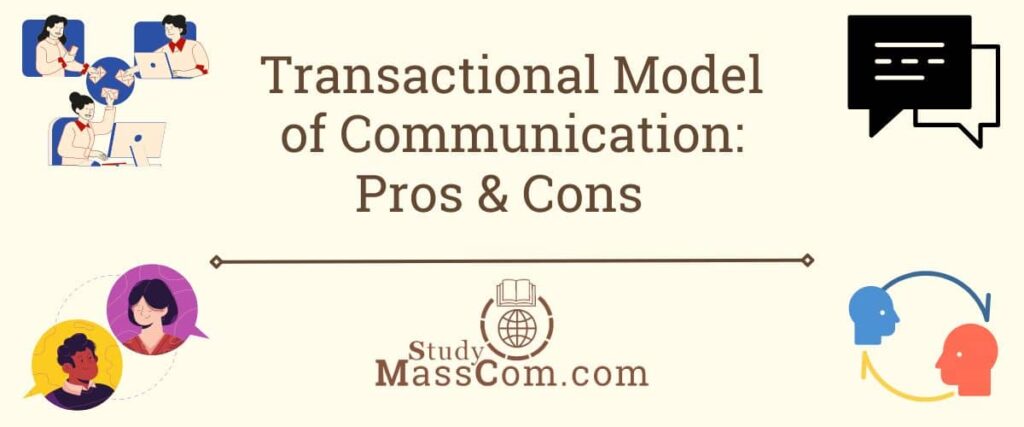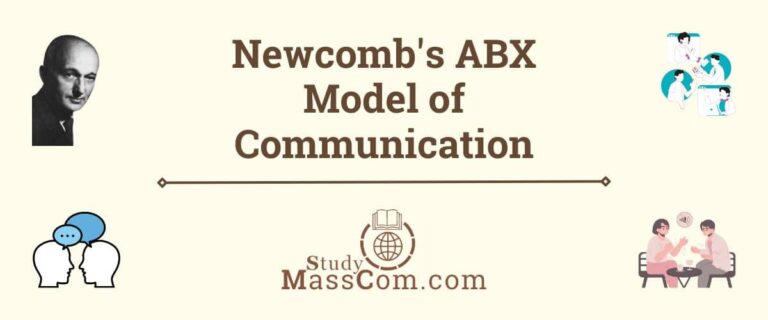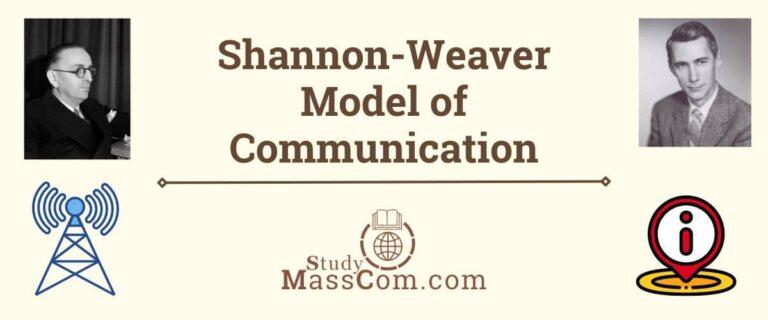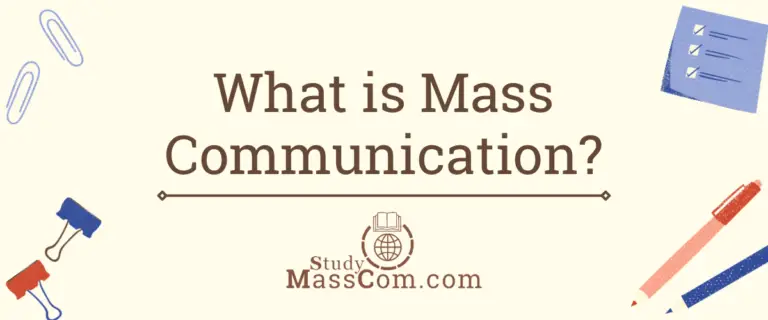Transactional Model of Communication: Pros and Cons
Introduction
Effective communication is the cornerstone of human interaction, enabling the exchange of ideas, thoughts, and emotions. Over the years, various models have been proposed to understand and enhance the communication process. One such model is the Transactional Model of Communication, developed by sociologist Dean C. Barnlund. This blog aims to provide a comprehensive overview of Barnlund’s model, exploring its key components and how it can be applied to improve communication skills.

Transactional Model of Communication: Definition
The transactional model of communication is a theoretical framework developed by sociologist Dean C. Barnlund to understand and enhance the communication process. It emphasizes the dynamic nature of communication, viewing it as a transactional process involving both senders and receivers.
The model highlights the significance of context, encoding, and decoding of messages, feedback, and cultural influences in effective communication. It also recognizes different levels of communication, including content, relationship, and appeal. The model provides insights into how individuals can adapt their communication styles, actively listen, and consider cultural differences to promote understanding and improve communication proficiency.
Transactional Model of Communication: Features
The Sender-Receiver Dynamic
At the core of Barnlund’s model is the concept of a sender and receiver. Communication is seen as a transactional process where both parties are simultaneously sending and receiving messages. This acknowledges the dynamic nature of communication, emphasizing that everyone involved in interaction has a role to play in the exchange.
Contextual Factors
The transactional model emphasizes the importance of considering the broader context in which communication occurs. This includes physical, social, cultural, and psychological factors that can significantly influence the communication process. Understanding and adapting to the specific context can enhance the effectiveness of communication.
Encoding and Decoding
Barnlund highlights the process of encoding and decoding messages. Encoding refers to the sender’s act of selecting and organizing information into a message, while decoding is the receiver’s interpretation of the message. However, Barnlund emphasizes that misinterpretation and noise can distort the intended meaning, leading to potential communication barriers.
Feedback and Understanding
To ensure effective communication, the transactional model emphasizes the importance of feedback and mutual understanding. Feedback serves as a means for the receiver to respond to the sender’s message, allowing both parties to clarify, validate, or correct information. This iterative process promotes clarity and prevents misunderstandings.
Cultural Influences
This model recognizes that culture plays a significant role in shaping communication patterns and behaviors. Different cultures may have unique norms, values, and communication styles. Acknowledging and respecting cultural differences is crucial for effective intercultural communication.
Levels of Communication
The transactional model identifies three levels of communication: content, relationship, and appeal. The content level refers to the factual information being exchanged. The relationship level focuses on the interpersonal dynamics and the quality of the relationship between the sender and receiver. The appeal level pertains to the emotional or persuasive aspects of the message. Recognizing and addressing these levels enhances communication effectiveness.
Pros and Cons of the Transactional Model of Communication
Pros of the Transactional Model of Communication
Dynamic Perspective
The transactional model recognizes communication as a dynamic process involving both senders and receivers. This perspective highlights the importance of active participation from all parties, leading to a more balanced and engaging exchange of information.
Contextual Considerations
By emphasizing the influence of contextual factors, such as culture, environment, and social dynamics, Barnlund’s model encourages individuals to tailor their communication approach to specific situations. This adaptability improves the chances of effective communication and reduces potential misunderstandings.
Feedback and Understanding
The model underscores the significance of feedback in the communication process. Encouraging both senders and receivers to provide feedback promotes clarification, validation, and mutual understanding, enhancing the overall effectiveness of communication.
Cultural Sensitivity
Barnlund’s transactional model acknowledges cultural differences and their impact on communication. By promoting cultural sensitivity and recognizing diverse communication norms, individuals can bridge cultural gaps and foster better intercultural understanding.
Cons of the Transactional Model of Communication
Complexity
The model’s comprehensive nature and consideration of multiple factors may make it appear complex for some individuals. It requires a deeper understanding of communication dynamics and active application to be fully effective.
Lack of Specific Guidelines
While the model provides a conceptual framework for communication, it does not offer specific guidelines or techniques for improving communication skills. Individuals may need additional resources or guidance to apply the model effectively in real-world situations.
Limited Focus on Technology
The transactional model was developed before the widespread use of modern communication technologies. As a result, the model may not adequately address the nuances and challenges of communication in digital and virtual environments.
Potential Overemphasis on Feedback
While feedback is crucial, excessive reliance on feedback in the communication process can lead to communication overload or become cumbersome in time-sensitive or fast-paced situations. Balancing feedback with concise and efficient communication is necessary.
It’s important to note that these pros and cons should be considered within the context of individual communication needs and goals. While Barnlund’s model provides valuable insights, other communication models and approaches may offer different perspectives and techniques that can complement or supplement its principles.
Practical Applications of the Transactional Model of Communication
Active Listening
This model encourages active listening, where the receiver provides feedback and demonstrates their understanding. This involves paraphrasing, asking questions, and reflecting on the message. Active listening fosters mutual understanding and reduces misinterpretation.
Adaptation to Context
Understanding the contextual factors that influence communication is crucial. Adapting one’s communication style, language, and nonverbal cues to fit the specific context can improve the chances of effective communication.
Cultural Sensitivity
Recognizing and respecting cultural differences is essential for successful communication, especially in diverse settings. Being aware of different communication norms and adapting one’s approach accordingly can promote understanding and minimize misunderstandings.
Transactional Model of Communication: Examples
Here are a few examples illustrating how Barnlund’s model of communication can be applied in different scenarios:
Workplace Communication
Imagine a team meeting where a project manager is explaining a new task to the team members (sender). The team members actively listen, ask questions for clarification, and provide feedback on their understanding of the task (receiver). The manager acknowledges the feedback, addresses any concerns, and ensures mutual understanding. This iterative process of encoding, decoding, and feedback fosters effective communication within the team.
Intercultural Communication
In an intercultural setting, such as a business negotiation between representatives from different countries, understanding and respecting cultural differences is crucial. Both parties need to adapt their communication styles and be mindful of nonverbal cues, norms, and values. By actively considering the cultural context and adapting their messages accordingly, they can bridge the cultural gap, promote understanding, and reach mutually beneficial agreements.
Personal Relationships
In a romantic relationship, partners may engage in a conversation about their emotions and needs. The sender expresses their feelings, while the receiver actively listens, provides feedback, and seeks clarification. Both parties pay attention to the relationship level of communication, ensuring the emotional aspect is acknowledged and addressed. This helps build trust, resolve conflicts, and strengthen the relationship.
You can also read about the Uses and Gratification Theory.
Virtual Communication
In the era of remote work and digital communication, Barnlund’s transactional model can be applied to virtual interactions. For instance, during a video conference, participants can actively listen, use verbal and nonverbal cues effectively, and provide feedback through chat or video reactions. Adapting to the virtual context, being mindful of time constraints, and maintaining clarity in the message delivery can contribute to successful communication despite the physical distance.
These examples demonstrate how the transactional model of communication can be applied in various settings to promote effective and meaningful interactions, emphasizing the importance of feedback, cultural sensitivity, and adapting to the specific context.
Conclusion
Barnlund’s transactional model of communication provides a valuable framework for understanding and improving communication skills. By emphasizing the dynamic nature of communication, considering contextual factors, and promoting feedback and understanding, this model offers practical insights into effective interpersonal communication. Applying Barnlund’s principles can enhance communication proficiency and promote positive relationships in personal, professional, and intercultural contexts.
FAQs
The transactional communication model views communication as a simultaneous process involving both the sender and the receiver. In this model, communication is not a linear process; one person sends a message and the other simply receives it. Instead, it recognizes that both parties are simultaneously sending and receiving messages.
In the transactional model, communication is seen as a dynamic and ongoing exchange of information, where both the sender and the receiver are actively involved. Both parties contribute to the meaning-making process and influence each other’s understanding of the message.
Key elements of the transactional model include:
1. Sender: The person initiating the communication and encoding a message.
2. Receiver: The person receiving the message and decoding it to understand the intended meaning.
3. Message: The information, ideas, or thoughts being conveyed by the sender.
4. Channel: The medium through which the message is transmitted (e.g., face-to-face, phone, email, etc.).
5. Feedback: The response or reaction from the receiver, which helps the sender assess the effectiveness of their message.
6. Noise: Any interference or barriers that can affect the communication process, such as background noise, distractions, or language barriers.
7. Context: The broader situational and cultural factors that influence the communication process, including the environment, social norms, and shared understanding.
The transactional model of communication is considered effective for several reasons:
1. Recognizes the dynamic nature of communication: The transactional model acknowledges that communication is a dynamic and ongoing process. It highlights the simultaneous role of both the sender and the receiver in shaping the communication exchange. This understanding allows for a more comprehensive view of communication, taking into account the complexity and interdependence of the participants.
2. Emphasizes shared responsibility: Unlike earlier linear models, the transactional model places importance on the shared responsibility of effective communication. Both the sender and the receiver are active participants who contribute to the meaning-making process. This recognition encourages individuals to consider the impact of their messages and actively engage in feedback and understanding.
3. Incorporates feedback: Feedback is a critical component of the transactional model. It allows for the evaluation and adjustment of messages, ensuring that the intended meaning is effectively communicated. Feedback also provides an opportunity for clarification, addressing misunderstandings, and enhancing mutual understanding.
4. Considers the role of context: The transactional model acknowledges the influence of context on communication. It recognizes that communication does not occur in isolation but is influenced by various factors such as the environment, culture, social norms, and relationship dynamics. Considering the context helps in understanding the meaning of messages and adapting communication strategies accordingly.
5. Accounts for noise and barriers: The transactional model acknowledges the presence of noise and barriers that can interfere with effective communication. These can include physical noise, distractions, language barriers, cultural differences, or biases. By recognizing these challenges, individuals can make efforts to minimize or overcome them, leading to more effective communication.







this is great